Recent Vibrio outbreaks have spurred many new shellfish farming and harvesting procedures
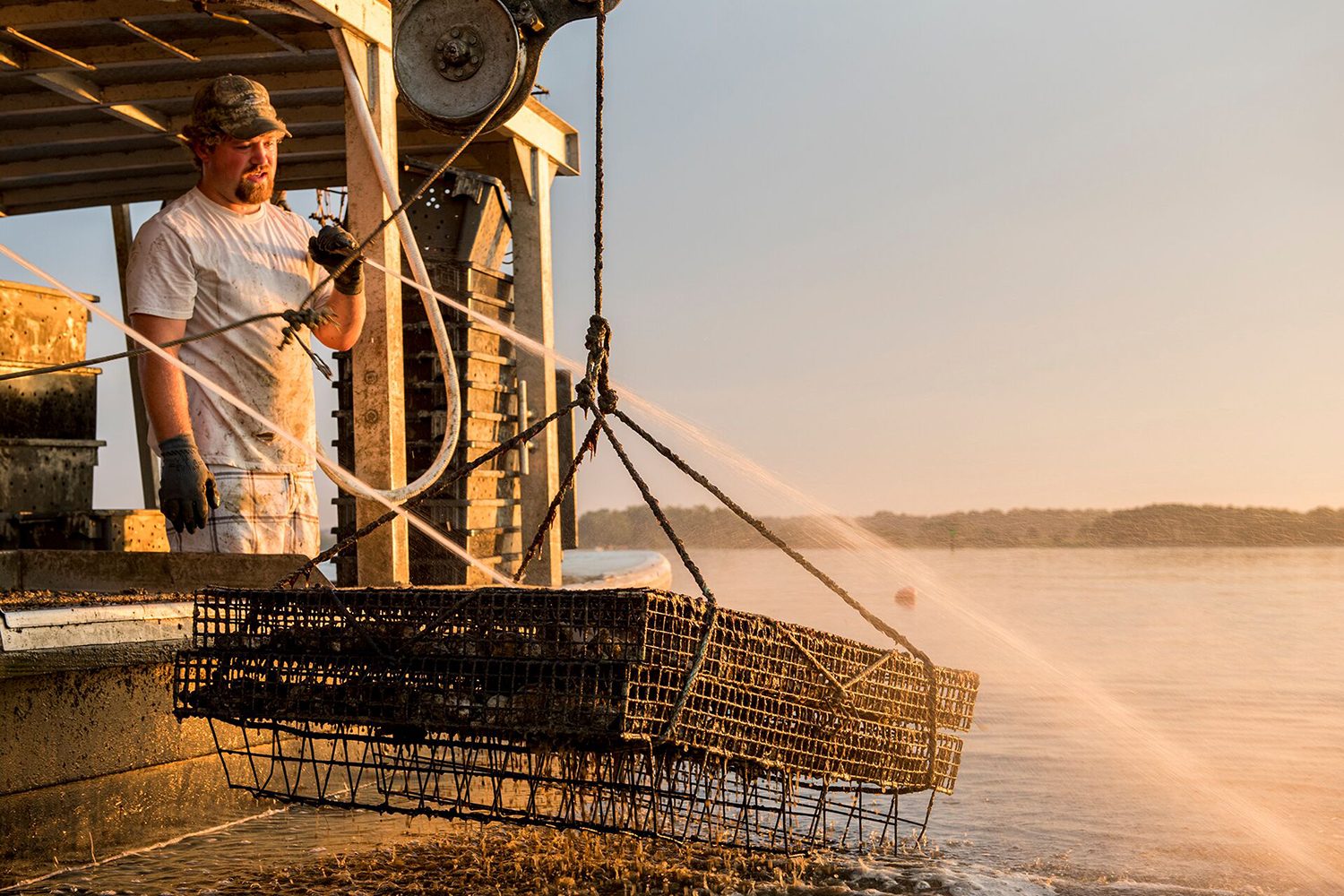
Ocean warming caused by a climate change has been altering fish and shellfish habitats, elevating sea levels and intensifying hurricanes and storms. And it might be impacting human health as well.
Researchers are investigating the prevalence of Vibrio, common bacteria in many types of shellfish, and the increased risk of associated illnesses. A European Food Safety Authority (EFSA) assessment suggests that warmer ocean temperatures may increase numbers of the bacteria, which would put Europeans at greater risk of contracting Vibrio-related illness, with areas including the Baltic Sea, North Sea and coastal areas of the Mediterranean identified as high-risk zones.
“Vibrio are waterborne bacteria that mainly live in marine coastal waters and brackish areas, and thrive in temperate and warm waters with moderate salinity,” Winy Messens, senior scientific officer and food microbiology expert at EFSA, told the Advocate. “They can cause gastroenteritis or severe illness in humans consuming raw or undercooked seafood or shellfish, such as oysters. Contact with water containing Vibrio can also cause wound and ear infections.”
Shellfish farmers in Europe, who are all too familiar with the impact of environmental changes like ocean warming on the presence and spread of Vibrio, have had to take various steps, said Messens, including maintaining a cold chain during processing, transportation and storage. High pressure processing, irradiation and flash freezing followed by long-term frozen storage can also help mitigate the risks.
The United States, too, is no stranger to Vibrio outbreaks. In 2015, around 80,000 people contracted Vibrio illnesses each year, with 500 hospitalizations and 100 deaths. More recently, the Centers for Disease Control and Prevention (CDC) estimates that the number of culture-confirmed illnesses from one species, Vibrio parahaemolyticus (Vp), is approximately 2,600 cases a year, while the number of undiagnosed, under-reported cases from all seafood consumption is around 52,000.
The increased prevalence of Vibrio has been noted in regions such as New England.
“Every year, there was some sporadic illness associated with raw shellfish consumption,” said Bob Rheault, executive director of the East Coast Shellfish Growers Association. “However, a new strain of Vp was introduced into New England waters from the west coast in 2012. It was 10 to 100 times more virulent than any other strain of Vp seen in the region. The result was a sharp increase in illness in Connecticut, Massachusetts, outbreaks, farm closures and a regulatory backlash.”

Farmers had to drastically change how shellfish were handled and allowed a two-hour window from harvest to refrigeration (much shorter than the original 10-hour window) and icing – plunging the shellfish into ice water to bring their temperature to below 50 degrees-F, the threshold at which Vibrio stop multiplying – within eight minutes. Because Vibrio grow within shellfish when they are removed from the water and exposed to elevated temperatures, farmers also re-submerge their shellfish following desiccation treatment for up to six hours for seven to 10 days to ensure that elevated Vibrio levels return to ambient levels. Other areas have taken different steps; New Hampshire prohibits the importation of shellfish seed from any area where Vibrio outbreaks have recently occurred.
What lies behind the spread of Vibrio and the risk of increased illness? Although the EFSA’s suggestion of climate change is likely, there may be other factors, said Rheault. For example, some strains that are prevalent on the west coast are different to strains on the east coast, while certain individuals are more at risk of severe illness. Food handling or the processing environment could also be connected.
“Vibrio can conjugate and swap DNA, making them extremely diverse and able to evolve fast,” said Rheault. “We also know that although the strain in New England from the West Coast took hold in 2012, it was introduced twice previously and didn’t survive. Human populations are also aging, and Vibrio illnesses are more serious in immunocompromised individuals. In the United States, a growing percentage of the population is obese or has diabetes, which can, in severe cases, lead to liver illness. When your liver is challenged, you’re going to have a tough time with any illness, but particularly with Vibrio and other foodborne illnesses. We’ve also seen people falling ill from cooked, or possibly undercooked, lobster in Maine. Could this be due to post-processing contamination? It’s not clear.”
Today, however, new tools are shedding some light on how to tackle Vibrio. Studies have been conducted into the antimicrobial properties of nanoparticles, nanomaterials that are known for their inhibitory and antibacterial effects. Dr. Suhaili Shamsi, a senior lecturer at the Faculty of Biotechnology and Biomolecular Sciences at Universiti Putra Malaysia, says that nanoparticles – specifically graphene oxide (GO) – could treat Vibrio in aquaculture, despite some risks.
“There is controversy surrounding GO’s toxicity, but our studies on zebrafish embryos show that GO that has been surface-coated with gallic acid, a natural compound, reduces toxicity effects,” said Shamsi. “We are also studying whether nanoparticles give rise to resistance in Vibrio similar to antimicrobial resistance, and are investigating samples of Vibrio treated with GO coated with gallic acid, to see if there is any impact on gene expression.”
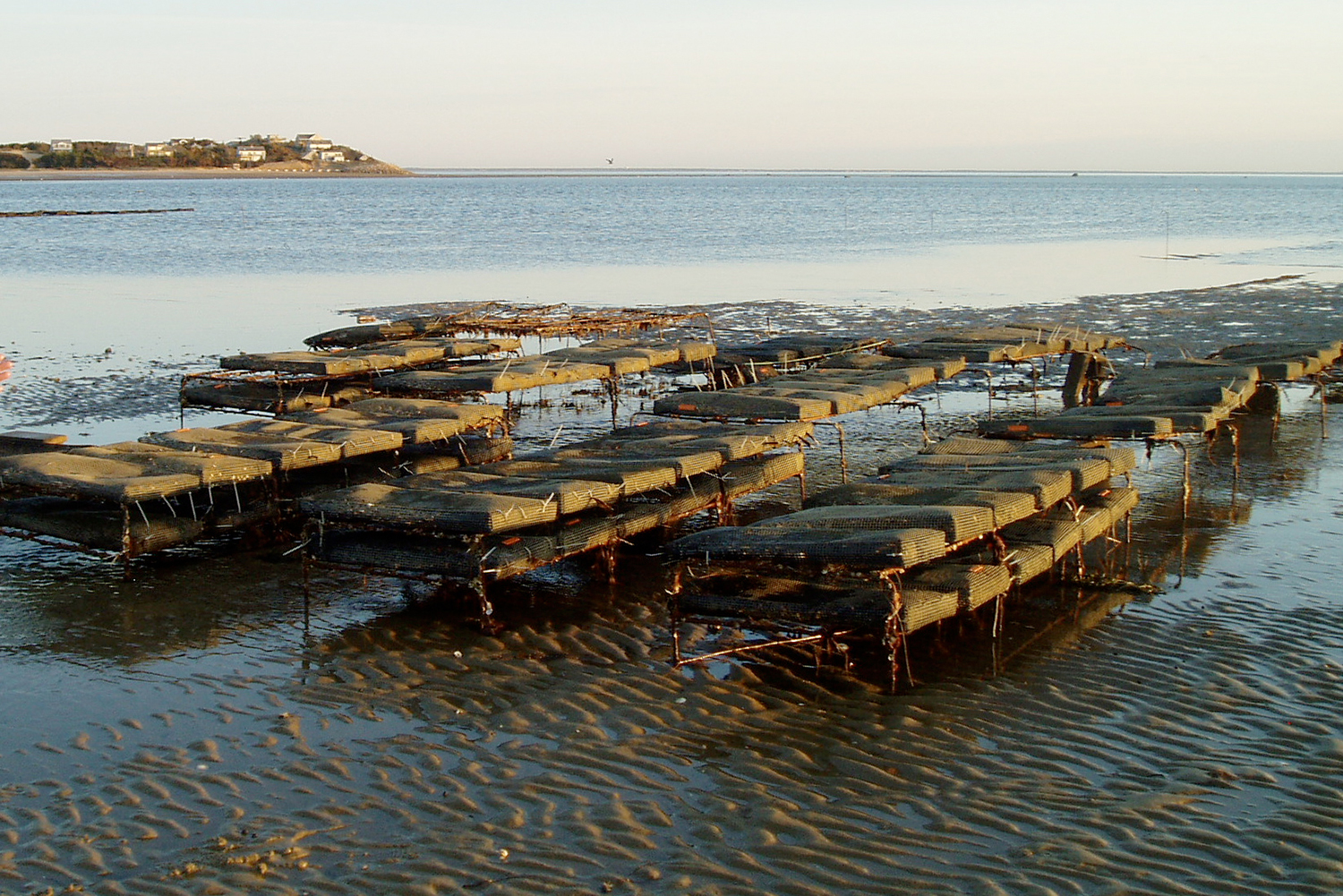
Nanoparticles may one day be promising, but further studies are required into their toxicity and impact on the aquatic environment, said Shamsi.
“Vibrio has greatly affected shrimp farmers in Malaysia, who have lost yields and faced increased costs to mitigate the impacts,” said Shamsi. “However, what happens if GO is released into the environment or shrimp farms? Are there any effects on humans? We are looking at incorporating nanoparticles into shrimp feed, but how would the shrimp that eat that feed be impacted? We also need to determine how to encourage farmers to adopt the nanoparticles we have developed and help them switch from conventional treatments like antibiotics toward other mitigation options.”
Dr. Cheryl Whistler and Dr. Steve Jones at the Northeast Center for Vibrio Disease and Ecology at the University of New Hampshire have used genome sequencing and analysis to develop a method that identifies shellfish harboring disease-carrying strains of Vp. This is helping scientists better understand the genetics of virulent Vibrio strains, why some exist in certain areas and how they evolve from harmless to pathogenic. The method also traces certain strains back to where they came from and determines which are endemic. Jones agrees that increasing temperature and climate change are key concerns, but a lot is still unclear.
“In areas such as the Gulf of Maine, sea surface temperatures continue to rise to record levels, yet since 2019, Vibrio levels haven’t increased there and we don’t know why,” said Jones. “With existing data, we hope to learn more about this ecosystem and determine whether there are any consistent patterns that explain the occurrence of Vp.”
Back in Europe, another area of concern is Vibrio’s resistance to antibiotics. With potential impacts on public health, monitoring the antibiotic profiles of Vibrio and gathering more data are becoming increasingly important, said Messens.
“Our assessment shows that resistance to several antimicrobials was detected in studies on Vibrio isolates from seafood and those causing foodborne infections in Europe,” she said. “Due to the limited available evidence, however, experts recommend conducting surveys to gather comparable data. An EU-wide baseline survey for Vibrio in seafood products at primary production and retail will be a key priority. Data from this could also be used as a reference to study climate change impacts on the prevalence of Vibrio in seafood. We also need increased awareness efforts, improved surveillance and public health campaigns.”
Vibrio populations have undoubtedly risen exponentially over the years, said Jones, who agrees that with an increased risk of illness, there will always be a need for mitigation measures and research.
“Some areas seem to produce more than their fair share of illness,” he said. “We want to identify what causes that, and ways to mitigate that, without any additional burden on farms. Our goal is to continue tracking environmental and biological conditions that will tell us when Vibrio are likely to occur and more, so that we can act accordingly.”
Now that you've reached the end of the article ...
… please consider supporting GSA’s mission to advance responsible seafood practices through education, advocacy and third-party assurances. The Advocate aims to document the evolution of responsible seafood practices and share the expansive knowledge of our vast network of contributors.
By becoming a Global Seafood Alliance member, you’re ensuring that all of the pre-competitive work we do through member benefits, resources and events can continue. Individual membership costs just $50 a year.
Not a GSA member? Join us.
Author
-

Bonnie Waycott
Correspondent Bonnie Waycott became interested in marine life after learning to snorkel on the Sea of Japan coast near her mother’s hometown. She specializes in aquaculture and fisheries with a particular focus on Japan, and has a keen interest in Tohoku’s aquaculture recovery following the 2011 Great East Japan Earthquake and Tsunami.
Tagged With
Related Posts
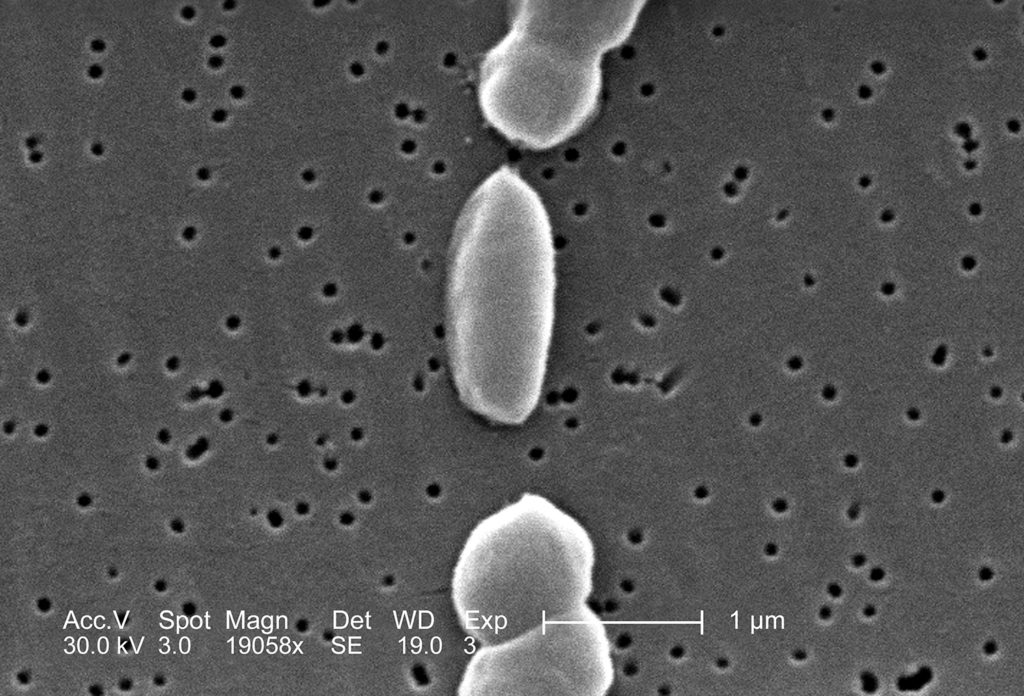
Health & Welfare
A rapid, sensitive RPA assay for detection of Vibrio parahaemolyticus in seafood
A real-time RPA method has been developed for the detection of Vibrio parahaemolyticus with high sensitivity and specificity.
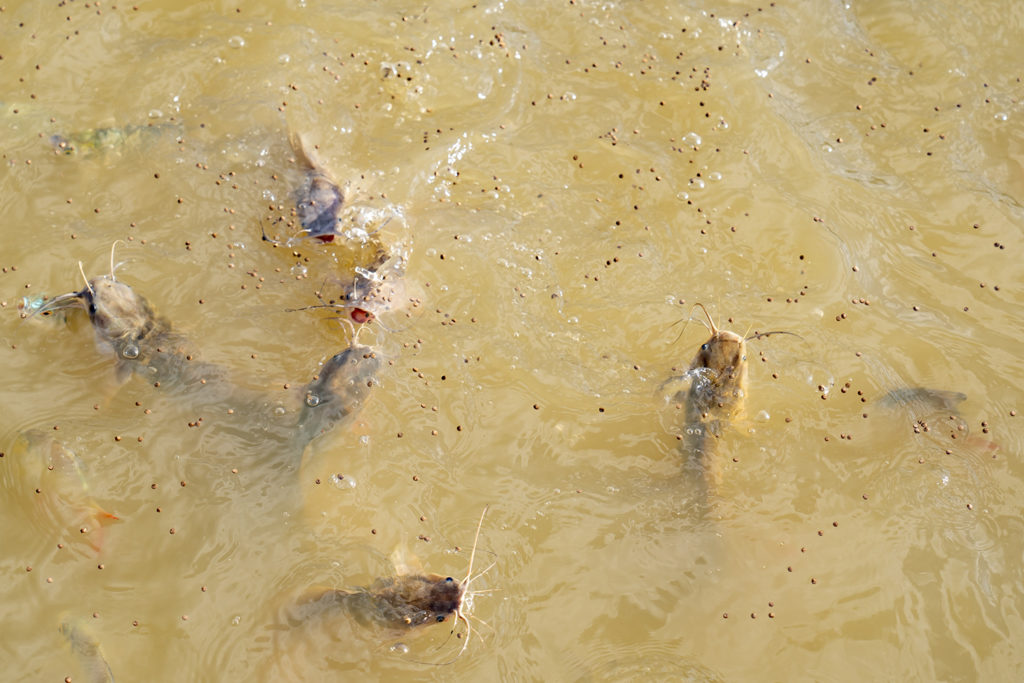
Aquafeeds
‘We will very likely find it’: Microplastics warning sounded for aquafeeds
The warning about microplastics pollution is finding its way to aquaculture, as a new study finds contaminated samples of fishmeal, a prominent aquafeeds ingredient.

Responsibility
Is a Japanese volcano offering us a sneak preview of ocean acidification?
Shikinejima is a scenic getaway for tourists but the seas surrounding its volcano offer a glimpse of how the ocean could behave in the future.
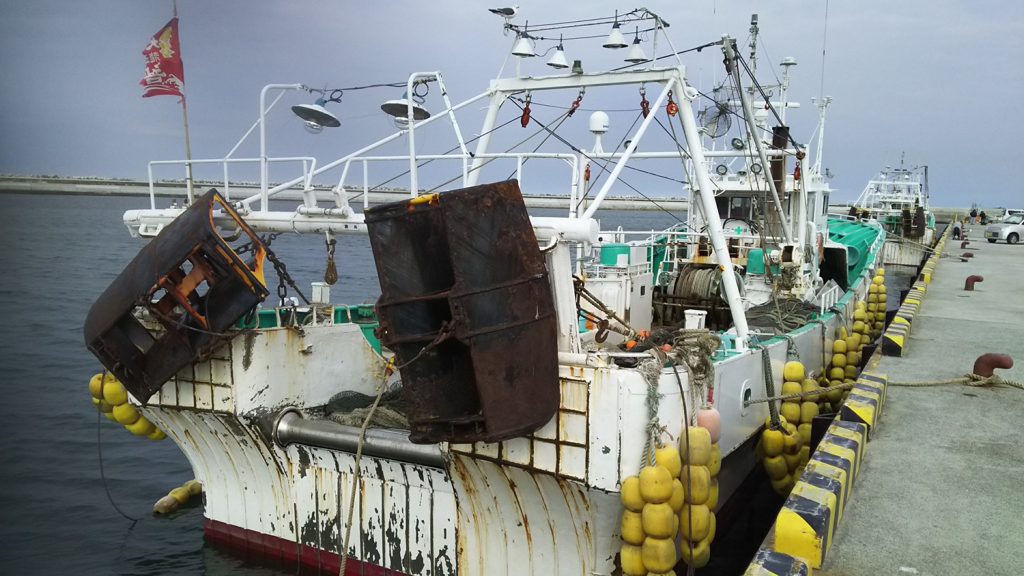
Fisheries
‘It’s been done for decades’ – How the upcoming Fukushima water release could impact Japan’s fishing industry
In Japan, discussions continue and concerns grow as authorities prepare for the Fukushima water release into the Pacific Ocean.


![Ad for [membership]](https://www.globalseafood.org/wp-content/uploads/2025/07/membership_web2025_1050x125.gif)